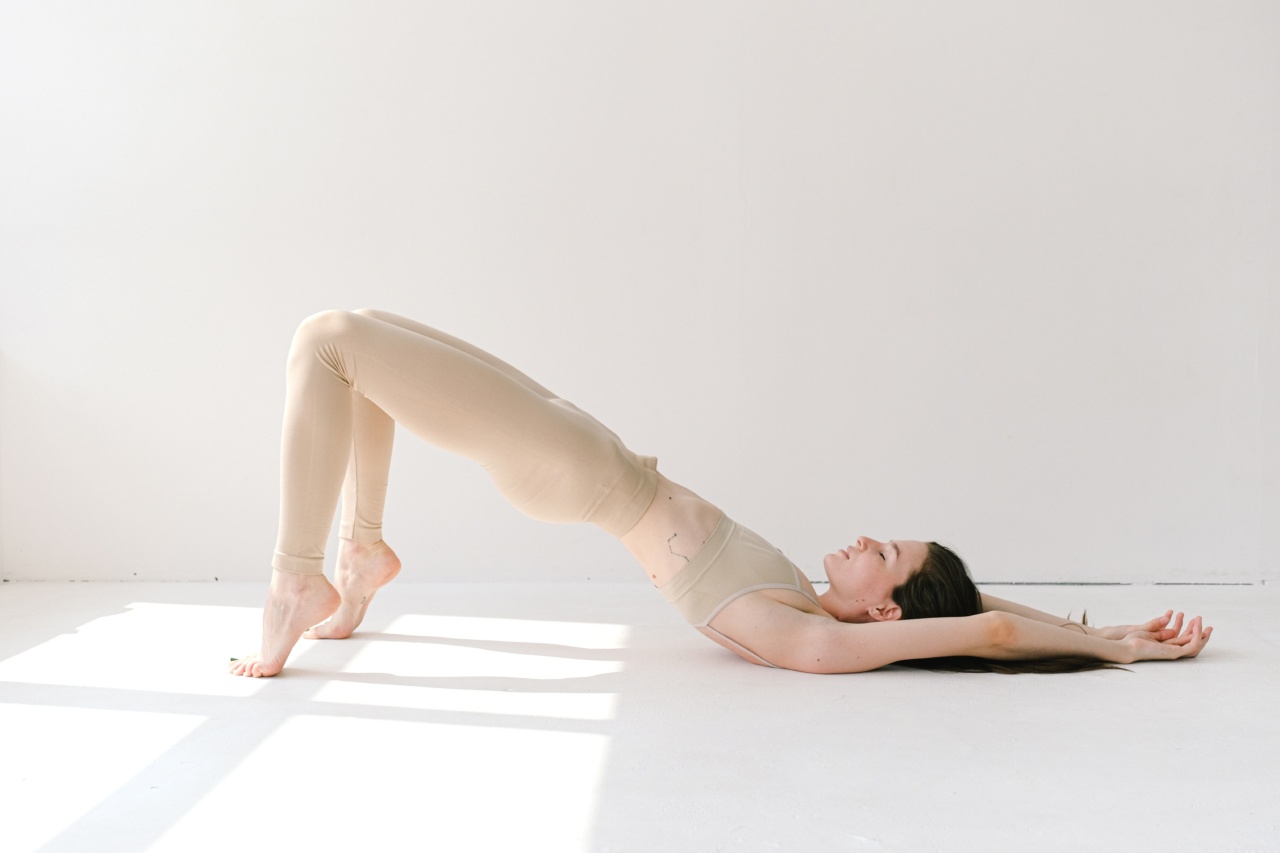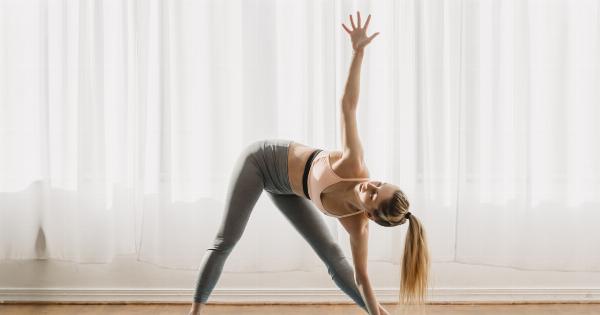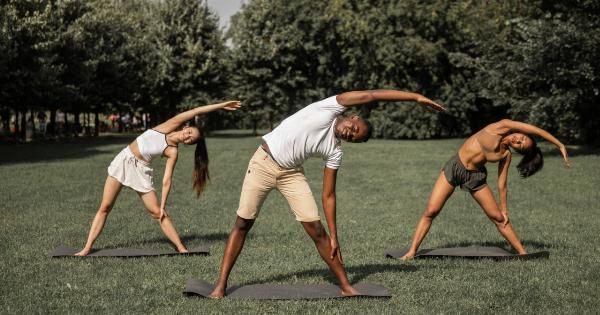Yoga is an ancient practice that originated in India over 5,000 years ago. It encompasses physical, mental, and spiritual disciplines that aim to harmonize the body and mind.
While yoga has gained immense popularity worldwide as a form of exercise, its benefits extend far beyond physical fitness. Through various postures, breathing techniques, and meditation, yoga can help individuals achieve vitality and overall well-being.
Physical Benefits of Yoga
One of the primary benefits of practicing yoga is improved flexibility and strength. Yoga postures, also known as asanas, stretch and strengthen different muscles, promoting increased range of motion and preventing injuries.
Moreover, regular yoga practice can improve posture and balance, enhancing the body’s overall alignment.
Yoga also contributes to cardiovascular health by reducing blood pressure and heart rate. The combination of deep breathing and gentle movements helps improve blood circulation, leading to a healthier heart and reduced risk of cardiovascular diseases.
Another physical benefit of yoga is weight management. Engaging in yoga helps increase metabolism and build lean muscle mass, which can aid in weight loss and maintenance.
Additionally, yoga helps regulate digestion and improve gut health, preventing common digestive issues like bloating and constipation.
Mental and Emotional Benefits of Yoga
Beyond its physical advantages, yoga offers numerous mental and emotional benefits. The practice of yoga facilitates stress reduction by promoting relaxation and calming the nervous system.
This can significantly decrease anxiety and alleviate symptoms of depression.
Regular meditation and breathing exercises in yoga also enhance mental clarity and focus, improving concentration and memory.
The mindful aspect of yoga encourages individuals to be present in the moment, cultivating a sense of mindfulness that carries over into everyday life.
In addition, yoga can help individuals develop emotional resilience. Through self-reflection and introspection, yoga practitioners learn to embrace and manage their emotions effectively.
This enables them to respond more gracefully to life’s challenges and experience a greater sense of overall well-being.
Yoga for Stress Relief
Stress has become an inherent part of modern life, impacting both physical and mental health. Yoga provides an effective tool to combat stress and restore balance.
Through the combination of physical movement, deep breathing, and meditation, yoga triggers the relaxation response in the body, reducing the release of stress hormones and promoting a state of calmness.
Practicing yoga regularly helps individuals develop coping mechanisms for managing stress in their daily lives.
The emphasis on mindfulness in yoga encourages practitioners to cultivate non-judgmental awareness of their thoughts, feelings, and sensations, enabling them to detach from stressors and respond more effectively.
Yoga and Vitality
Yoga is often associated with vitality, as it promotes a harmonious balance between the body, mind, and spirit. By incorporating both physical movement and mindfulness practices, yoga enhances overall vitality and well-being.
One of the ways yoga contributes to vitality is through improved energy levels.
The combination of gentle exercise, deep breathing, and relaxation techniques in yoga helps increase oxygen flow to the body, resulting in heightened energy and a revitalized state.
In addition, yoga enhances the body’s immune system. Various studies have shown that practicing yoga boosts immunity by reducing inflammation, improving lymphatic circulation, and decreasing stress levels.
A strengthened immune system enables individuals to resist common illnesses and enjoy a higher quality of life.
Moreover, yoga has a positive impact on sleep patterns. By promoting relaxation and stress reduction, yoga can help individuals achieve better quality sleep.
Restorative yoga poses and specific breathing techniques contribute to a restful night’s sleep, allowing individuals to wake up refreshed and energized the next morning.
Types of Yoga
There are various types of yoga, each with its own focus and benefits. Some popular forms of yoga include:.
- Hatha Yoga: A gentle form of yoga that focuses on basic postures and breathing exercises.
- Vinyasa Yoga: A more dynamic form of yoga that combines breath with movement, often referred to as “flow.”
- Ashtanga Yoga: A vigorous and physically demanding practice that follows a specific sequence of postures.
- Bikram Yoga: Also known as “hot yoga,” this practice takes place in a heated room, aiding in increased flexibility.
- Yin Yoga: A slow-paced practice that targets connective tissues and promotes deep relaxation.
Getting Started with Yoga
If you are new to yoga, it is best to start with beginner-friendly classes or guided online videos. This will allow you to learn proper alignment and gradually build strength and flexibility.
It is essential to listen to your body and not push yourself beyond your limits, as yoga is a practice of self-compassion and self-awareness.
Investing in a good quality yoga mat is recommended to provide a comfortable and non-slip surface for your practice. Additionally, wearing loose, breathable clothing allows for ease of movement and promotes relaxation.
A consistent yoga practice yields the most benefits. Aim to practice yoga at least twice a week, gradually increasing the frequency as your body adapts.
Remember, yoga is a journey, and each time you step onto your mat, you are nourishing your body, mind, and soul.































